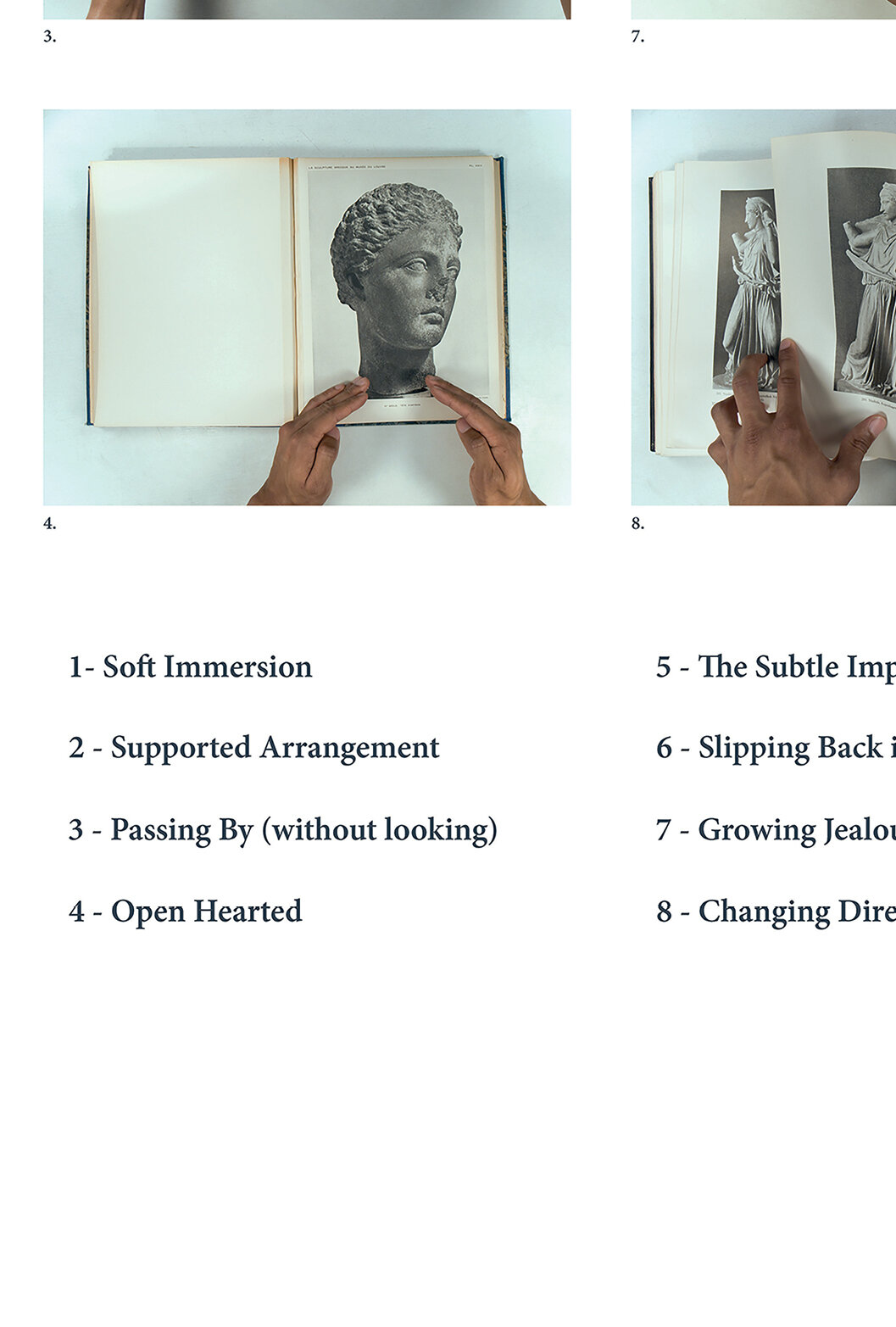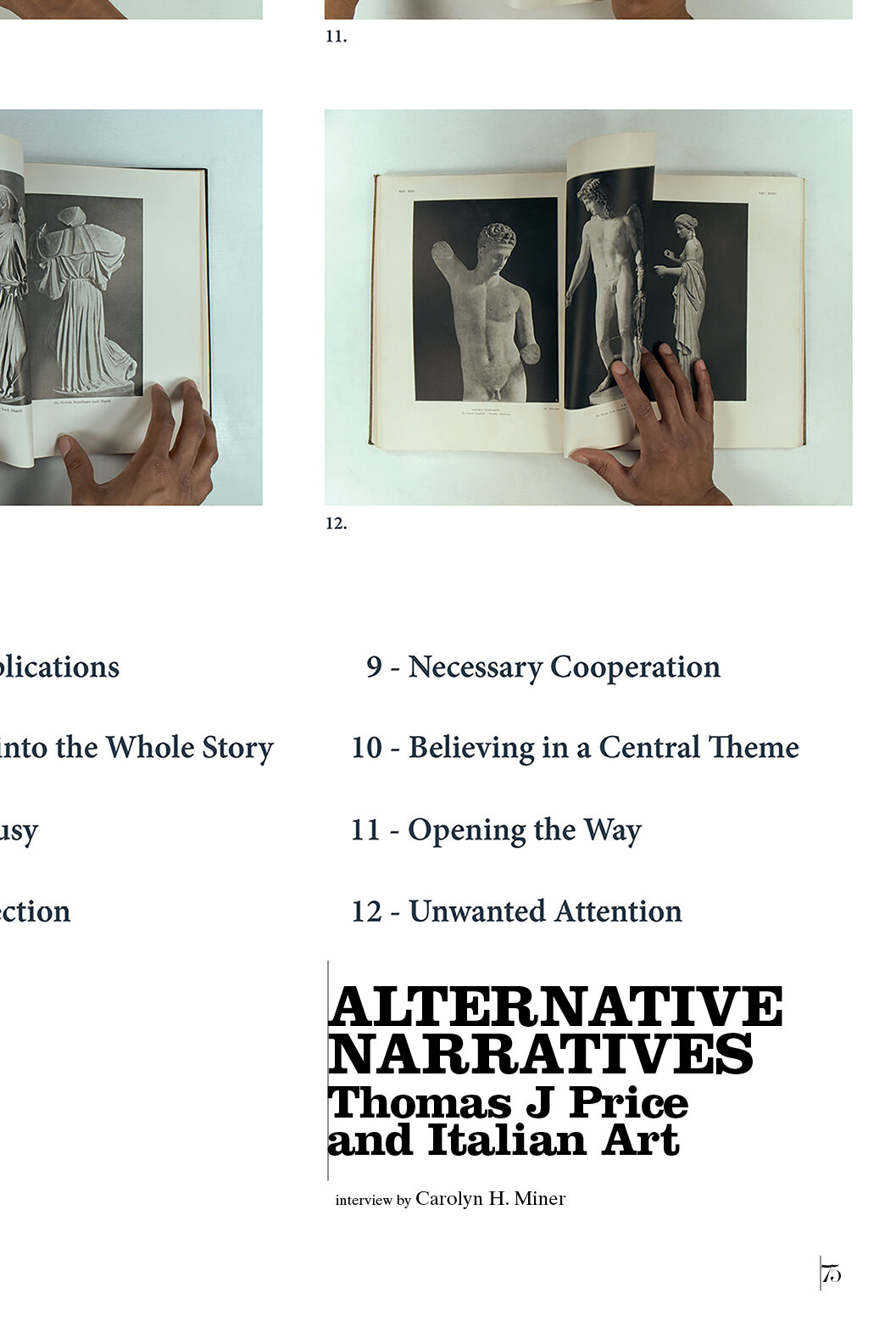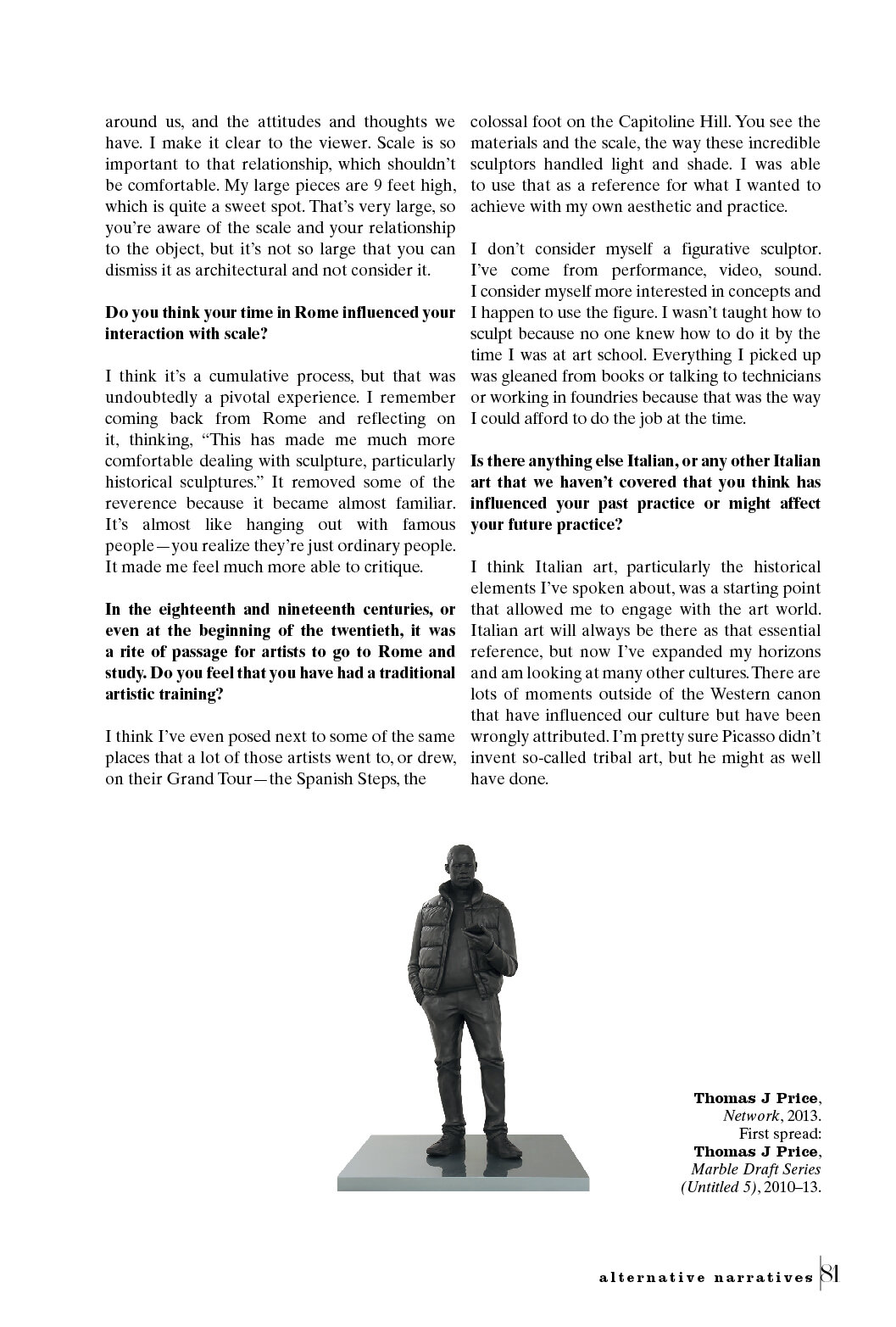Vol. 3
Alternative Narratives
Thomas J Price and Italian Art
interview by Carolyn H. Miner
The work of contemporary British artist Thomas J Price challenges viewers’ expectations, provoking an examination of deeply held assumptions about power, race, and representation. Here, he explores the ways in which Italian art has impacted his career.
How would you define your relationship to Italian art?
Thomas: Italian art has always been a point of reference for me, primarily due to its strong link to the classics. It connects to Greek and Roman art, to the “establishment”, and to the goals Western society points us towards within artistic practice—achieving the aesthetic qualities and excellence of the Italians, and indeed the Romans.
I come from a reasonably poor background, but the rich cultural interests of my mother and friends’ parents meant I was always getting snippets of stories. I was fascinated by ancient myths and the etymology not only of words, but also of the stories that filter down into contemporary society. My view of Italian art is tied to the mysterious level of reverence it receives. It has permeated Western society so thoroughly that neoclassicism became the aesthetic of the so-called British establishment. If you go to a stately home, you will see that so much is heavily influenced by Italian art.
My relationship with Italian art involves a mixture of real enjoyment and appreciation, and an understanding that it has had such a powerful influence that it has almost obliterated everything else. In my practice, I use it to examine our ingrained associations with power and beauty. I appreciate and enjoy the beauty and the sensuality found within Italian art. Still, I also realize that it’s not the be-all and end-all—there are other aesthetic reference points out there.
I have noticed that many Italian contemporary artists have difficulty dealing with such a profound visual legacy. As a European artist, how do you approach the canon of Italian art?
The fact that I immediately talked about the history of Italian art rather than modern or contemporary artists is telling. There are also amazing contemporary and modern Italian artists: Arte Povera, for example with their investigation and understanding of materials. The way Arte Povera artists challenged aesthetic values was incredibly influential in my studies. They took elements of the art historical canon—revered sculptures, white marble, or plaster casts—and re-examined our values through different materials, challenging our understanding of art history.





